Social Behavior
Understand how social structures and interactions influence animal behavior. Environments like the three-chamber arena can be used to investigate sociability and social novelty in rats and mice. Read more on social behavior on the Behavioral Research Blog.
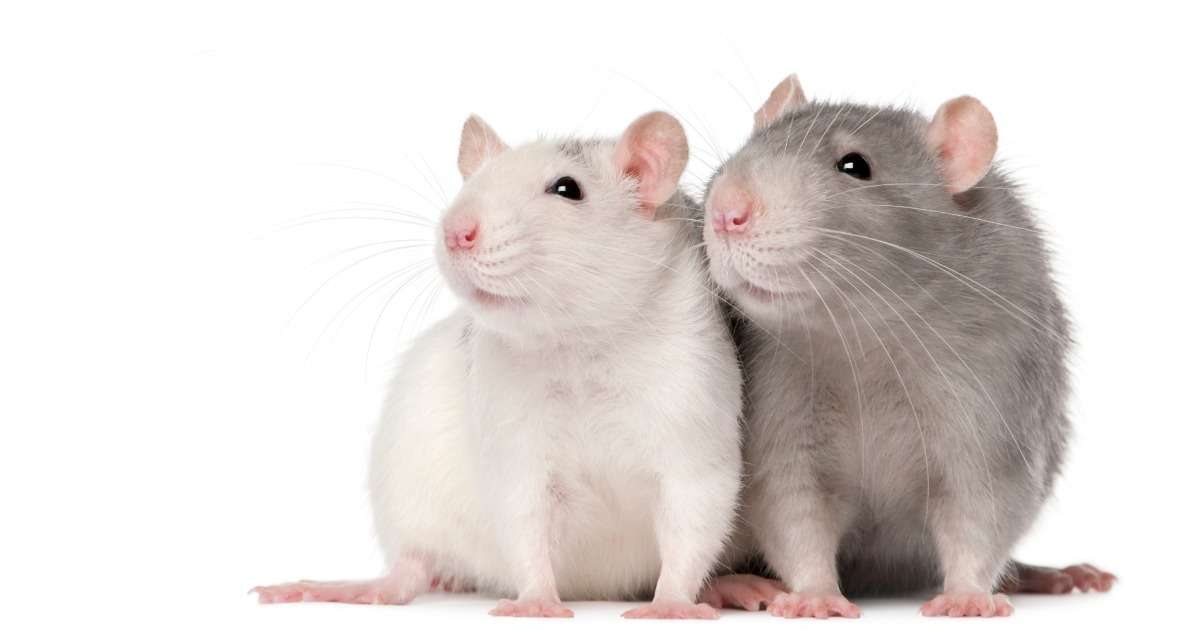
The relationship between social hierarchy and social stress
Today, Deepika Patel kindly shares her research on social structures with us. She investigated rat behavior in detail, using several test paradigms.
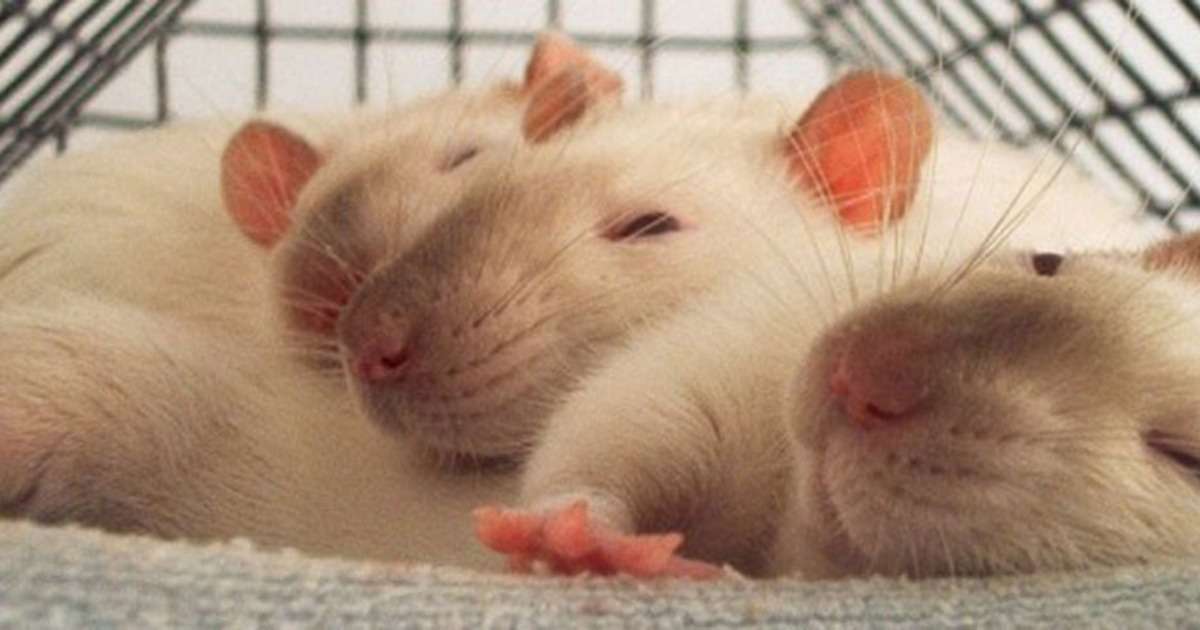
Into the lab: how to monitor rat social behavior
Including social behavior as part of a phenotypic screen has important benefits and eventually leads to better translational value of rodent models.
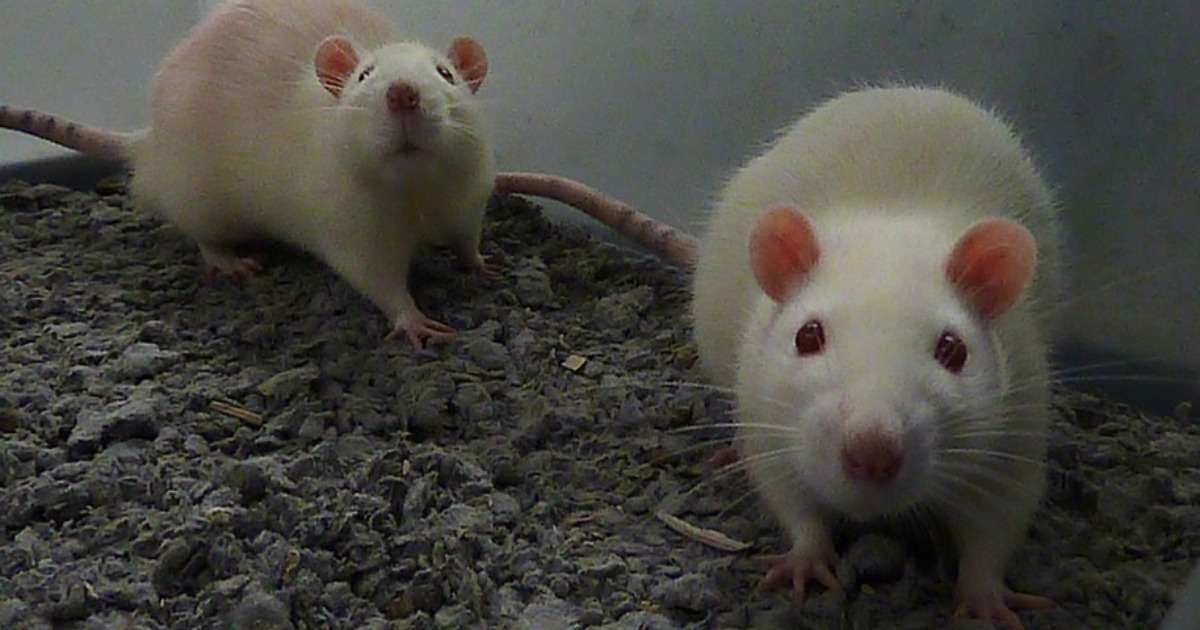
Towards automated homecage monitoring of group housed rats
Rodent social behavior is important in research on neuropsychiatric disorders, but major limitations hamper progress.
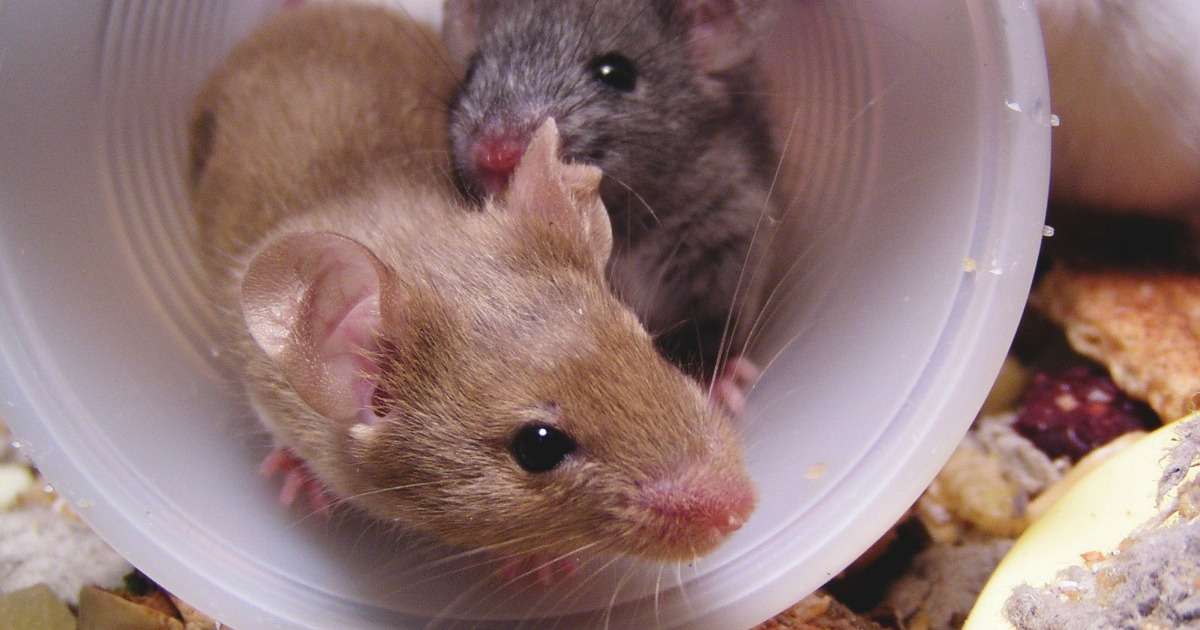
Serotonin and social skills: how adult mice differ from juveniles
Serotonin is a busy neurotransmitter, influencing processes as memory, mood, emotion, appetite, and sexuality. A prime role for this neurotransmitter is social behavior, across a variety of species; humans, rodents, primates.
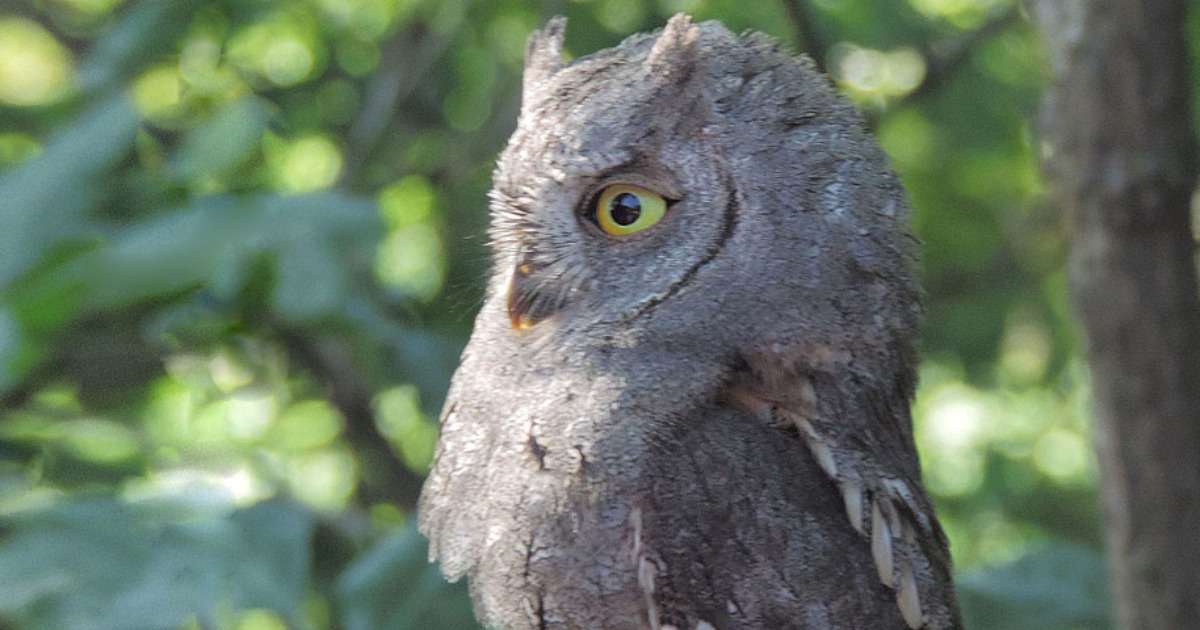
How to analyze bird calls with UltraVox XT: a summer love on a spectrogram
You may know that the recently-released UltraVox XT 3 is used to study ultrasound vocalizations, especially in rodents and bats. But the fact that it analyzes full-spectrum sound, makes it ideal for analyzing bird calls.
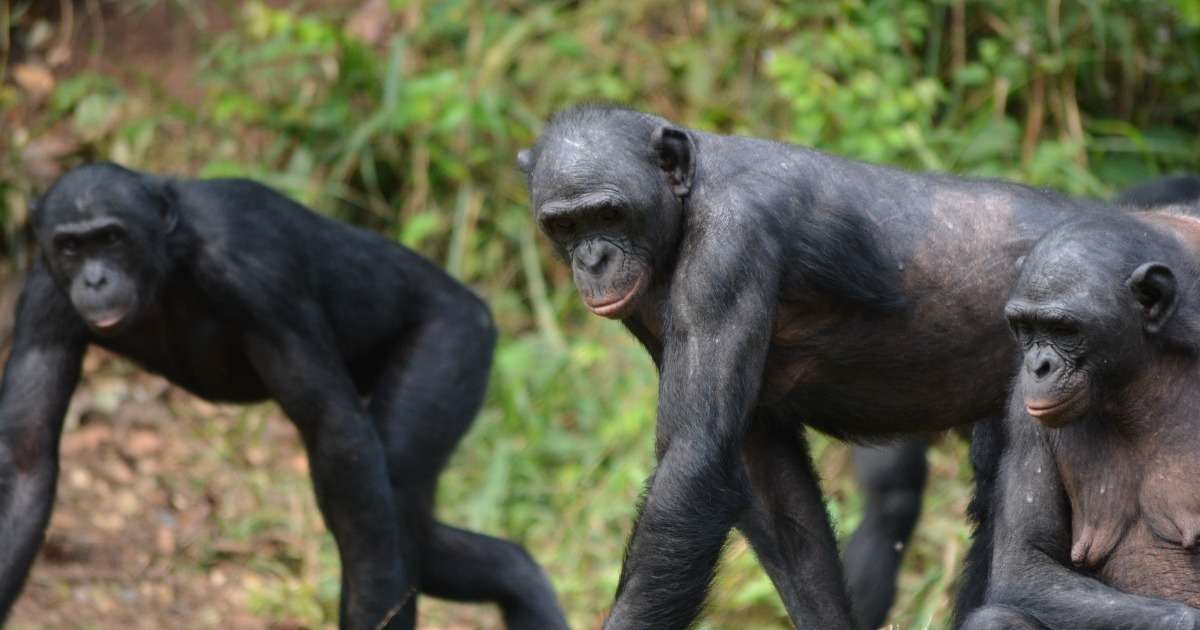
Bonobos not always as tolerant as generally believed: the plot thickens…
In Planckendael Wild Animal Park (Belgium), researchers have been observing a group of bonobos and have found that the differences between chimpanzees and bonobos are not always as black and white as generally believed.
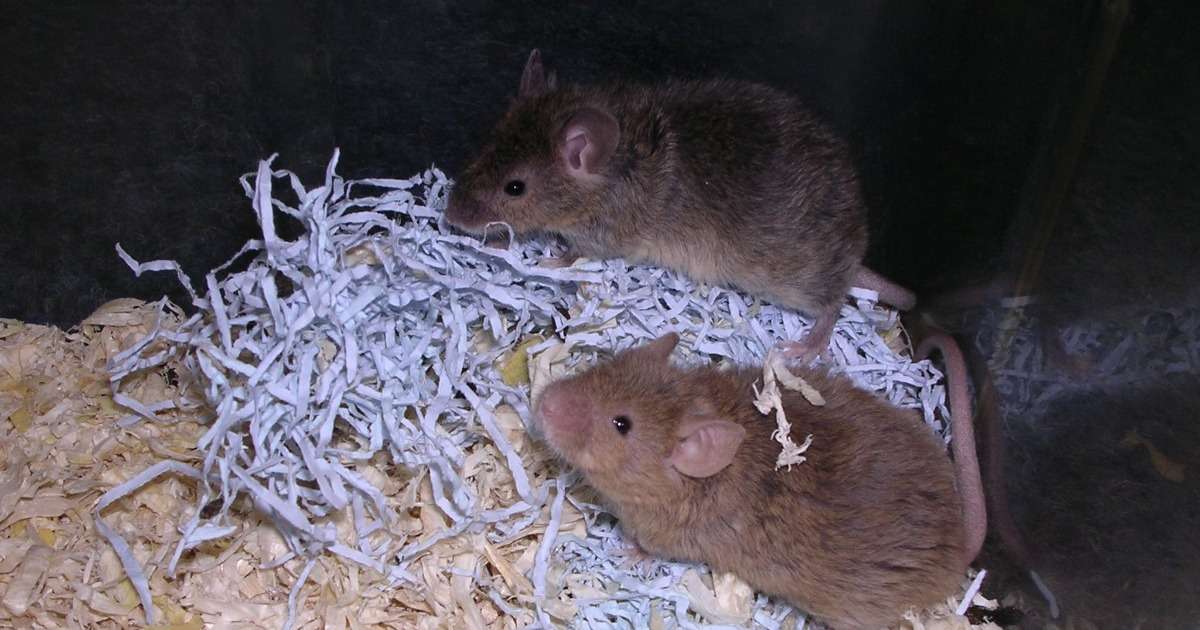
How to measure the social behavior of Fragile X mice
The treatment of Fragile X syndrome is limited to the symptoms. One of the factors currently holding back drug development is the difficulty of finding a reliable behavioral test for neurobiological studies.
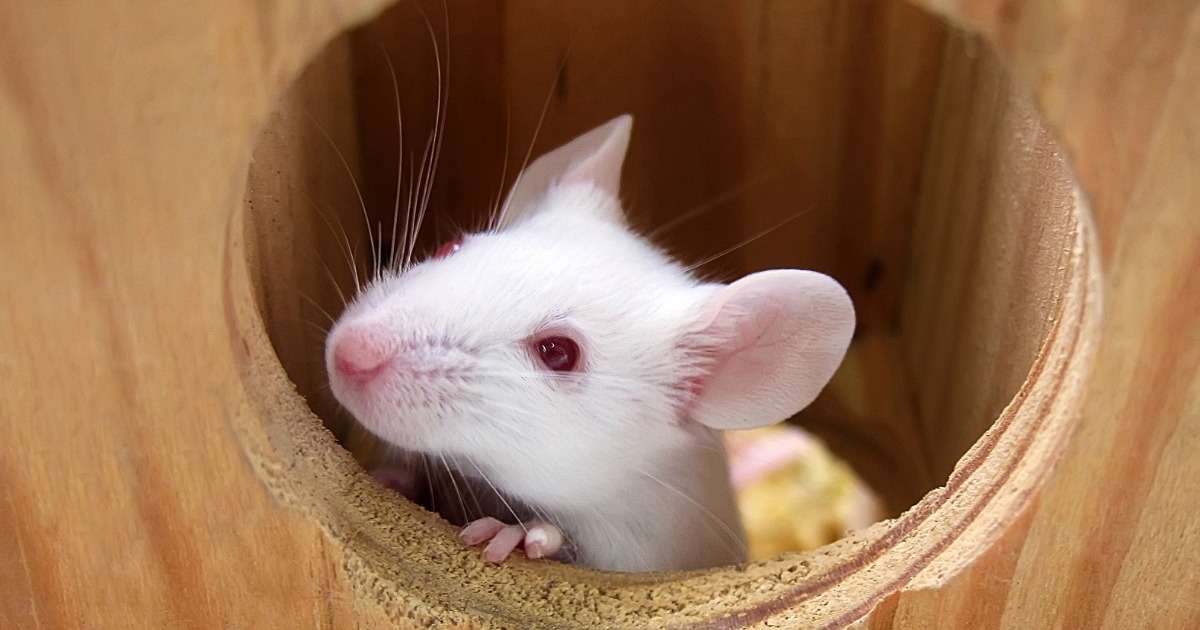
A high-throughput method to screen natural behavior of mice
Traditional standard tests with rats or mice are carried out immediately after human interference. Therefore, the behavior of the animals may not be natural and spontaneous.
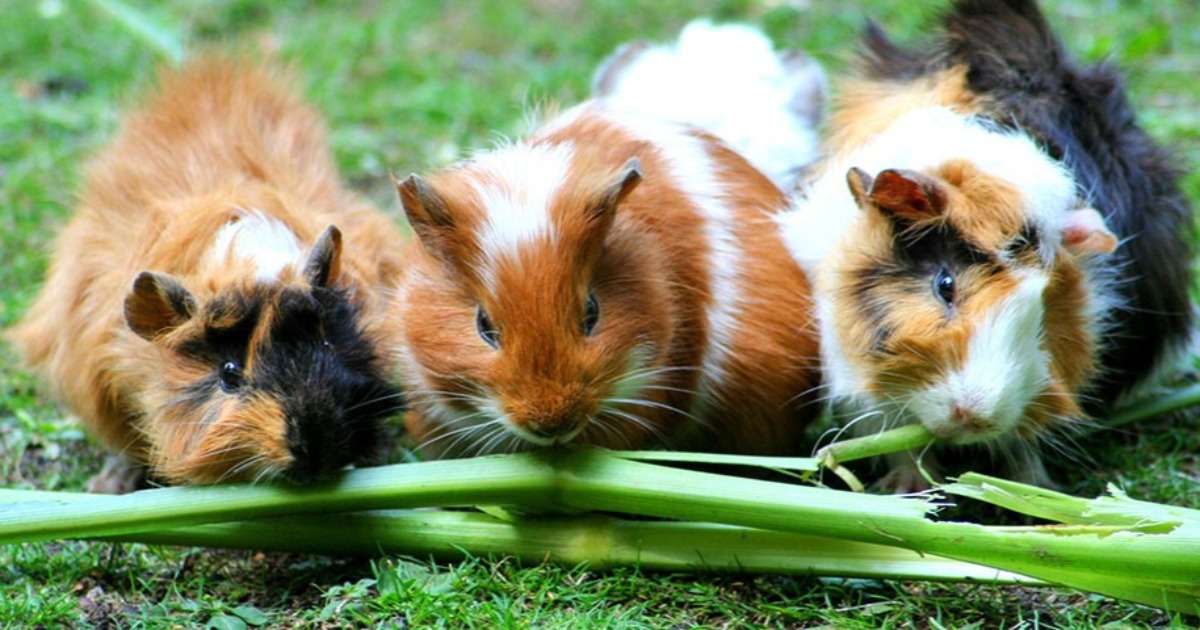
How wild cavies and domesticated guinea pigs differ
Domestication has a considerable effect on the behavior of animals. The dramatic change in their environment and provision of food alter the need for behaviors such as exploration. But what exactly is the difference?
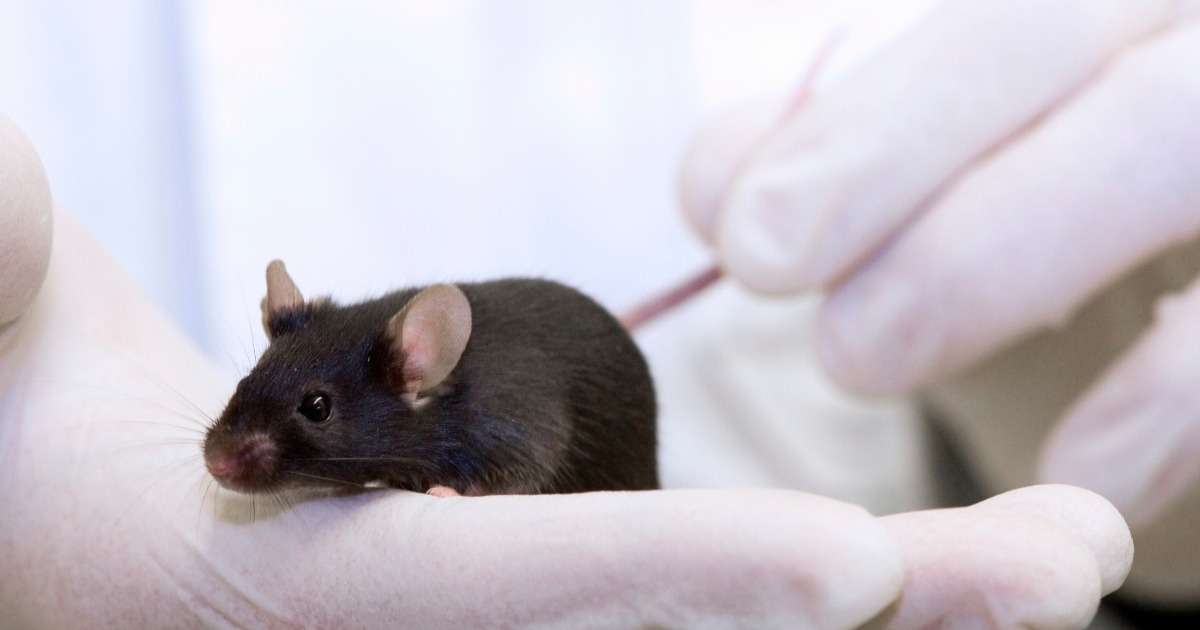
How an internal clock gene can alter innate behaviors in mice
Some might argue that laboratory mice are not the same as wild mice, yet they remain capable of performing the innate, routine behaviors necessary to survive in natural environments, such as courtship and nest-building,
